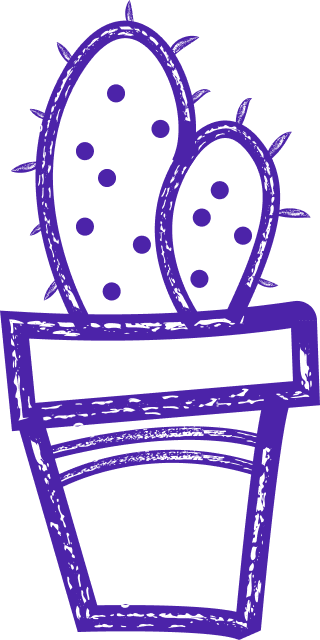
what is inheritance polymorphism
Inheritance Polymorphism
Inheritance, in OOP, refers to the ability of a class to inherit properties and behaviors from its parent class, also known as the superclass or base class. This inheritance relationship forms an "is-a" association, where a derived class (also called a subclass or child class) inherits the attributes and methods of its superclass. Inheritance provides a way to create a hierarchy of classes, organizing them based on their similarities and differences.
Polymorphism, on the other hand, refers to the ability of objects of different classes to respond to the same message or method invocation. It allows objects to exhibit different behaviors based on their specific class, while still adhering to a common interface defined by the superclass. This flexibility enables the usage of a single interface to manipulate objects of different types, promoting code abstraction and reducing dependencies.
Inheritance polymorphism combines the concepts of inheritance and polymorphism, allowing for the creation of code that is more flexible and adaptable. By leveraging inheritance, developers can define common attributes and behaviors in a superclass, which can then be inherited by multiple subclasses. This promotes code reuse, as subclasses can inherit and extend the functionality of their superclass, adding specific attributes and behaviors as needed.
Furthermore, inheritance polymorphism allows for the creation of collections or arrays that can hold objects of different types but share a common superclass. This provides a convenient way to manipulate and process objects in a uniform manner, without the need for explicit type checking and casting.
The key to achieving inheritance polymorphism lies in the concept of dynamic binding. Dynamic binding refers to the ability of the program to determine the appropriate method to invoke at runtime, based on the actual type of the object. This allows for the selection of the most specific implementation of a method, ensuring that the behavior exhibited by an object is consistent with its class.
In summary, inheritance polymorphism is a powerful mechanism in OOP that allows for the creation of flexible and extensible software systems. It combines the concepts of inheritance and polymorphism, enabling different classes to be treated as instances of a common superclass. By leveraging inheritance, code can be organized hierarchically, promoting code reuse and modularity. Polymorphism allows for the manipulation of objects of different types through a common interface, reducing dependencies and promoting code abstraction. Overall, inheritance polymorphism is a fundamental concept for developers to master in order to build robust and maintainable software solutions.
Let’s build your next digital product — faster, safer, smarter.
Book a free consultationWork with a team trusted by top-tier companies.








